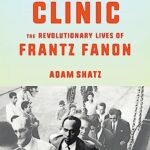
Revolution and Its Limits
Adam Shatz’s The Rebel’s Clinic is thought-provoking, well-written, and historically informative. It raises so many questions for activists and theorists in a reconsideration of Frantz Fanon.

Adam Shatz’s The Rebel’s Clinic is thought-provoking, well-written, and historically informative. It raises so many questions for activists and theorists in a reconsideration of Frantz Fanon.
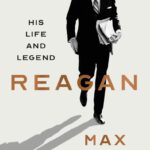
The Reagan Renaissance will no doubt be helped by Max Boot’s thorough, engaging, and balanced new biography, Reagan: His Life and Legend. Although the book is 736 pages, it rarely drags and while the author admires his subject, he is not blind to Reagan’s faults.
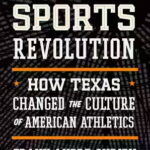
In The Sports Revolution, Columbia University history professor Frank Andre Guridy intervenes in this conversation by demonstrating that “Texas was central to the nation’s expanding political, economic, and emotional investment in sport.”
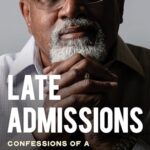
What makes Late Admissions so fascinating to read, and such an important autobiography, is its self-awareness: it is actually a story about how embracing one’s self-destructive tendencies, one’s voracious selfishness and appetites, gives life meaning because, if nothing else, they make life interesting to oneself and they actually make you interesting to other people. It is a book about the ferocity of self-regard.

Blake Eckard’s films serve up an undiluted, deliriously potent drink. Not everyone will find it palatable. But if you are open to downing the cinematic equivalent of several shots of 190-proof Everclear, belly up to Intensely Independent’s bar and prepare for intoxication.

“the philosophy of modern song” doesnt have a conclusion so i guess this review can do without one too . . . if the stuff i just mentioned sounds appealing id recommend the book but otherwise not . . . thanks and much obliged.
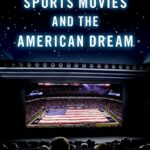
Part film critique and part political pondering, Grant Wiedenfeld’s Hollywood Sports Movies and the American Dream provides not just a compelling case for the importance of pop culture (and more specifically the sports film) in the imaginary of the American nation, but also of how the collective experience of watching these movies can be its own form of civic engagement.

Readers old enough to remember the golden age of magazine and newspaper columns can hold their heads in despair, or they can pick up the latest collection of works by Calvin Trillin, a Missouri native (Kansas City, to be exact) and a master of the form.
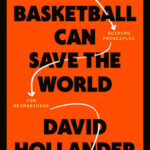
How Basketball Can Save the World: 13 Guiding Principles for Reimagining What’s Possible emphasizes the deep connection between basketball and culture, how it fosters connections, and how its principles can shape our interactions with one another. However, Hollander’s argument falls short by often neglecting to address how basketball has also perpetuated the very issues we face as a society.
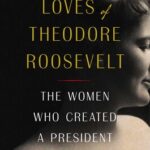
Edward O’Keefe posits that despite Theodore Roosevelt’s image as a ruggedly individualistic, über-masculine figure, his career was heavily shaped by five women: his mother, two wives, and two sisters. The result is an interesting, though ultimately unsatisfying, book, The Loves of Theodore Roosevelt: The Women Who Created A President.